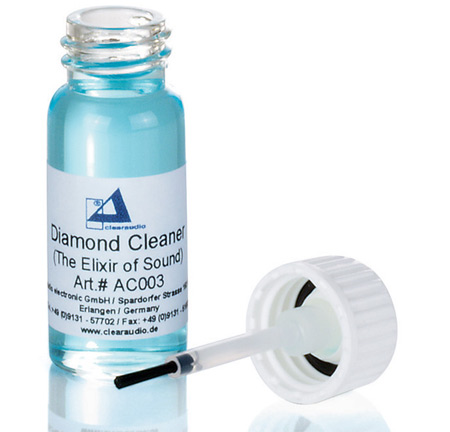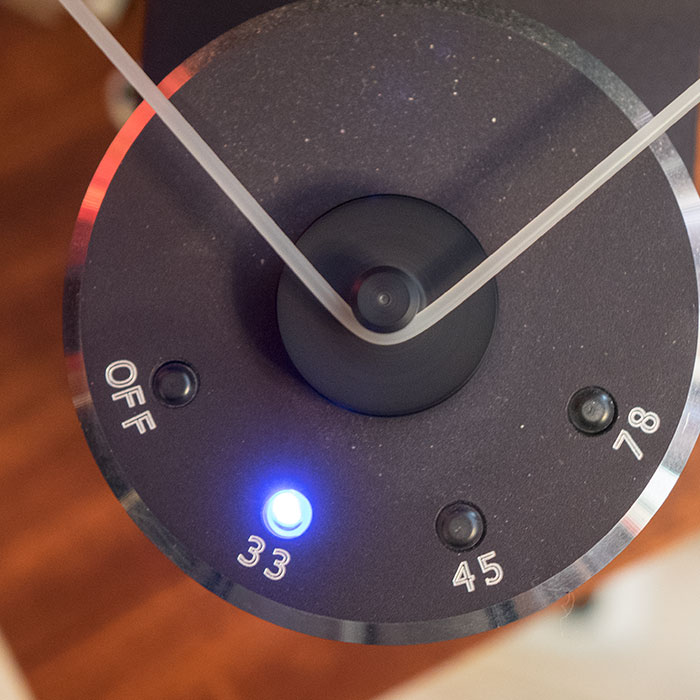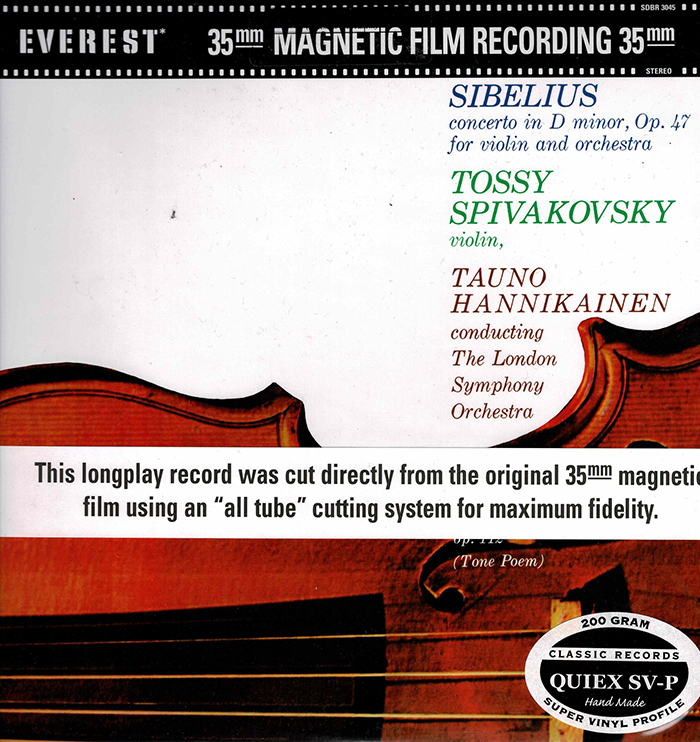Logowanie
Mikołaj - ten to ma gest!
Elton John, The Mamas & The Papas, Cat Stevens, Rod Stewart, Bobbie Gentry, Stevie Wonder, Engelbert Humperdinck
Memory Lane
Edycja Numerowana - 1000 egzemplarzy w skali światowej
RACHMANINOV, Eiji Oue, Minnesota Orchestra
Symphonic Dances / Vocalise
Best Recordings of 2001!!! NAJCZĘŚCIEJ KUPOWANA PŁYTA Z RR!
Karnawał czas zacząć!
Music of Love - Hi-Fi Latin Rhythms
Samba : Music of Celebration
AUDIOPHILE 24BIT RECORDING AND MASTERING
CHOPIN, LISZT, DEBUSSY, DVORAK, Gerhard Oppitz
Dances romantiques - A fantastic Notturno
Wzorcowa jakość audiofilska z Clearaudio
Winylowy niezbędnik
ClearAudio
Double Matrix Professional - Sonic
najbardziej inteligentna i skuteczna pralka do płyt winylowych wszelkiego typu - całkowicie automatyczna
Roland Kirk
The Limelight / Verve Albums
Record One:
Side A:
1. Serenade To A Cuckoo (A) 4:30
(Rahsaan Roland Kirk)
2. We’ll Be Together Again/People (A) 4:38
(C. Fischer-F. Laine/B. Merrill-J. Styne)
3. A Quote From Clifford Brown (A) 4:22
(Rahsaan Roland Kirk)
4. Trees (A) 6:18
(Rahsaan Roland Kirk)
5. Fugue’n And Alludin’ (A) 0:41
(Rahsaan Roland Kirk)
Side B:
1. The Business Ain’t Nothin’ But The Blues (A) 5:02
(Rahsaan Roland Kirk)
2. I Talk With The Spirits (A) 3:56
(Rahsaan Roland Kirk)
3. Ruined Castles (A) 1:17
(Rentaroh Taki)
4. Django (A) 4:50
(John Lewis)
5. My Ship (A) 5:05
(K. Weill-I.Gershwin)
Record Two:
Side A:
1. No Tonic Pres (B) 4:33
(Rahsaan Roland Kirk)
2. Once In A While (B) 3:59
(M. Edwards-B. Green)
3. From Bechet, Byas And Fats (B) 6:27
(Rahsaan Roland Kirk)
4. Mystical Dreams (B) 2:39
(Rahsaan Roland Kirk)
Side B:
1. Rip, Rig And Panic (B) 6:57
(Rahsaan Roland Kirk)
2. Black Diamond (B) 5:22
(Milt Sealey)
3. Slippery, Hippery, Flippery (B) 4:57
(Rahsaan Roland Kirk)
Record Three:
Side A:
1. Walk On By (C) 2:35
(B. Bacharach-H. David)
2. Raouf (C) 3:10
(Rahsaan Roland Kirk)
3. It’s All In The Game 5:24
(C. Dawes-C. Sigman)
4. Juarez (C) 5:28
(Rahsaan Roland Kirk)
5. Shakey Money (C) 2:40
(Rahsaan Roland Kirk)
Side B:
1. Nothing But The Truth (C) 3:39
(Rahsaan Roland Kirk)
2. Safari (C) 4:33
(Eddie Mathias)
3. And I Love Her (C) 3:04
(J. Lennon-P. McCartney)
4. Ebrauqs (C) 8:30
(Rahsaan Roland Kirk)
Record Four:
Side A:
1. Blue Rol (D) 6:11
(Rahsaan Roland Kirk)
2. Alfie (D) 2:54
(B. Bacharach-H. David)
3. Why Don’t They Know (D) 2:56
(Rahsaan Roland Kirk)
4. Silverlization (D) 5:00
(Rahsaan Roland Kirk)
Side B:
1. Fall Out (D) 3:03
(Rahsaan Roland Kirk)
2. Now Please Don’t Cry, Beautiful Edith (D) 4:25
(Rahsaan Roland Kirk)
3. Stompin’ Grounds (D) 4:49
(Rahsaan Roland Kirk)
4. It’s A Grand Night For Swinging (D) 3:09
(Billy Taylor)
- Roland Kirk - saxophone
While “Slightly Latin” and “Now Please Don’t Cry, Beautiful Edith” are excellent albums, “Spirits” and “Rip, Rig And Panic” were two of Roland’s proudest moments in a recording studio and remains two peaks among his many achievements.
Born August 7, 1936 in Columbus, Ohio, Roland Kirk grew up to become one of the most all-encompassing and unique virtuosos in jazz
Born essentially blind (his eyes could distinguish light), he showed an early desire to try to make music from things such as the end of a water hose. His first real instrument, at age 9, was the trumpet, but his doctor felt that it put too much pressure on his eyes, so he switched to saxophone and clarinet. He was a natural musician and a fast learner who was playing professional gigs while still in high school.
He dreamt at age 16 that he was playing three instruments at once. In a local music store, he soon found two rare oddities: a manzello which is a Spanish variant of the soprano sax with a bent, flaired bell and a stritch, which was essentially a straight alto sax with a large bell at the end. He worked out his own false fingerings to be able to play three-part harmony on the three saxophones. At age 23, he made his first album for King Records in Cincinnati. That label was the home of James Brown and other great R & B acts and Kirk's album quickly became a rare collector's item. He progressed quickly and became well known in Chicago where he made his second album for Argo in 1960 at the behest of Ramsey Lewis. He ventured to New York in 1961 making an album for Prestige Records with organist Jack McDuff. The war between the pro-Kirk and anti-Kirk factions in the musical and critical communities was taking shape. Genius or gimmick-laden huckster? History fell on the side of genius.
Próbki dźwiękowe: https://soundcloud.com/mosaicrecords/blue-rol?in=mosaicrecords/sets/roland-kirk-the-limelight

































